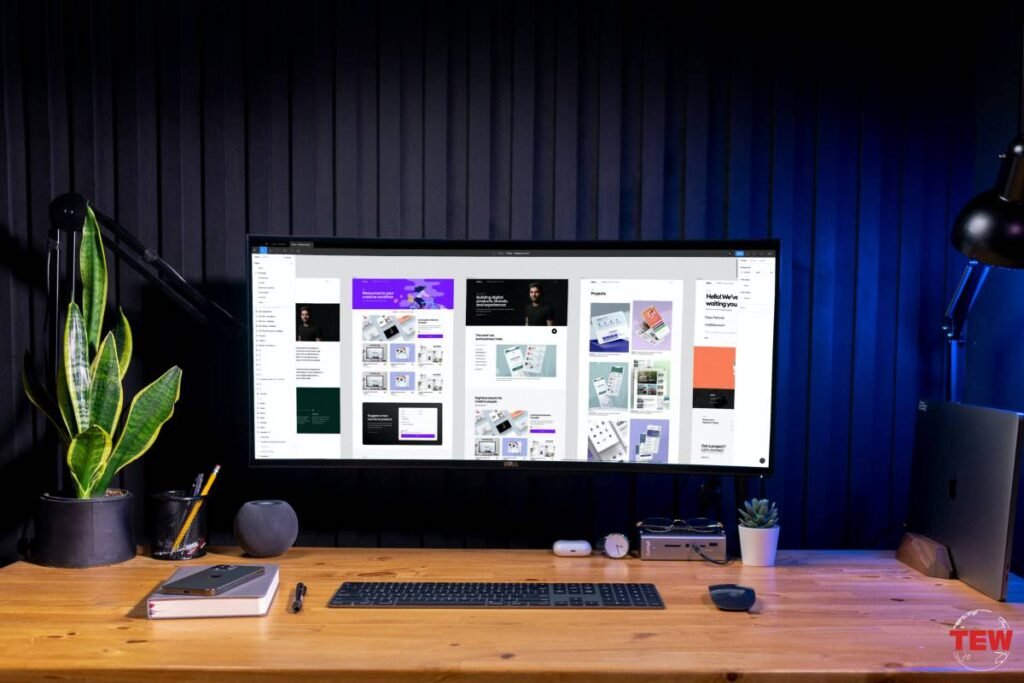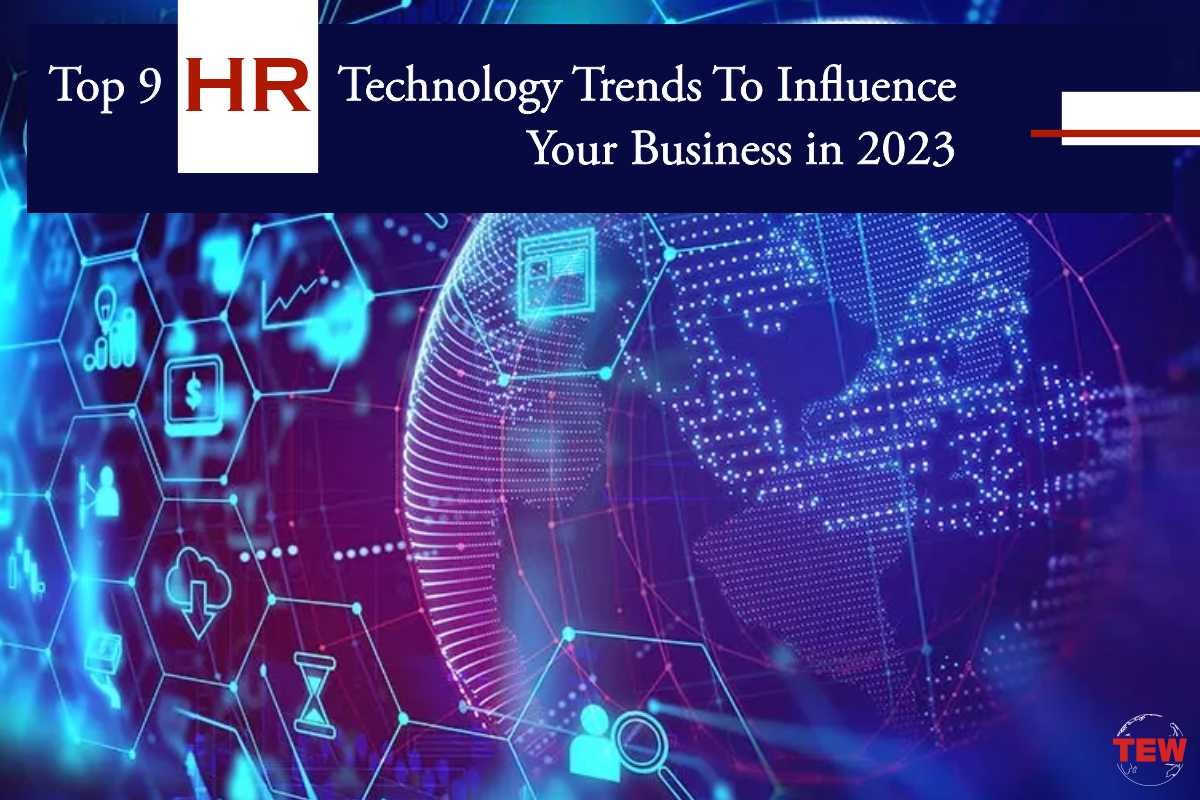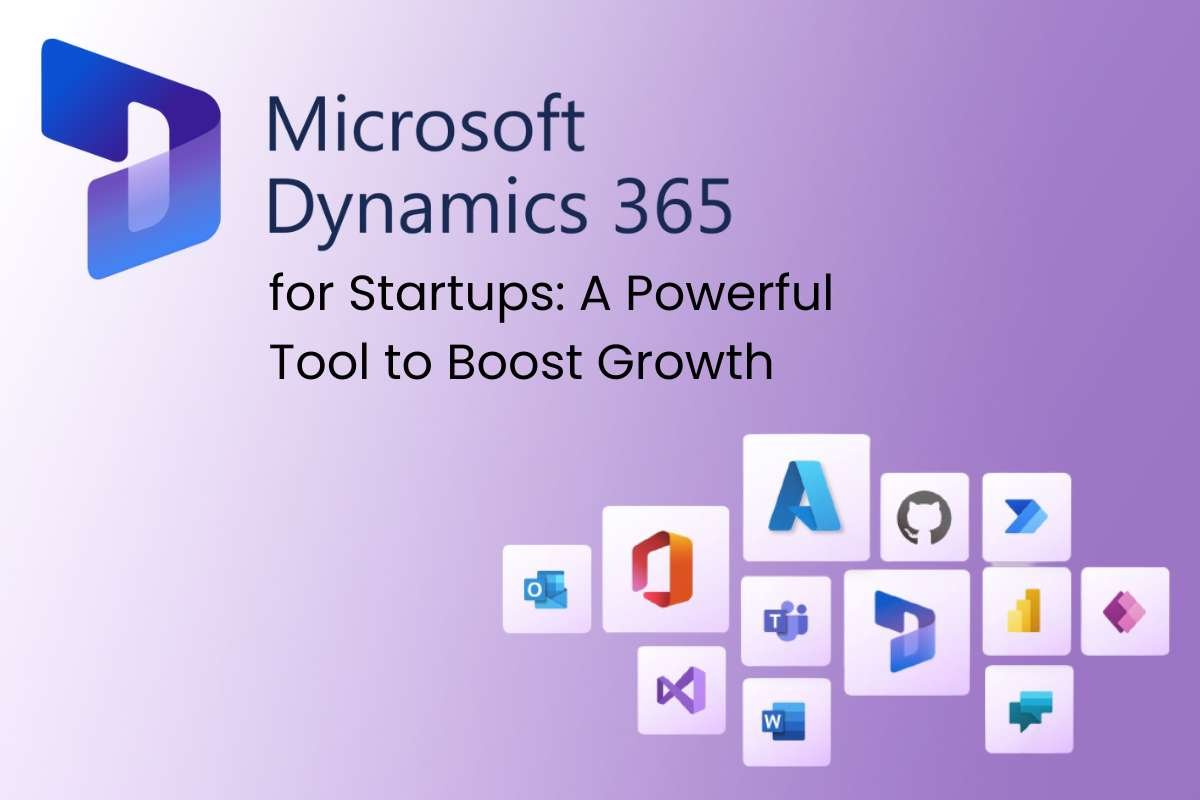The year 2021 will be remembered as one of the worst in human history, yet with every adversity comes a new chance to make a difference. Covid-19 has had profound effects on our daily lives and professional practices. In 2022, the pandemic is still going strong, and society must change to deal with the aftermath of the covivirus.
Because of this, many companies have adapted to new methods of interaction and productivity. This was the most difficult portion for HR Technology Trends departments to deal with, since almost every aspect of HRM had to be rethought from the ground up. Everything was moved to remote work, including the interview itself, which was conducted through different internet video-streaming services. Staying abreast of hr software comparison became essential to ensure seamless transitions to remote work environments.
We learned new methods of collaboration and efficiency thanks to the widespread use of online team performance and the virtual meeting in the workplace. In spite of the fact that certain HR Technology Trends have shifted, the information presented here will provide you an idea of how HRM has evolved in recent years.
Here are Top 9 HR Technology Trends To Influence Your Business in 2023;
1 Remote Workforce
It’s one of the largest trends (if not THE biggest, since it has a lot of impact on a lot of other trends) to hit the business in recent years. Remote employment is no longer an exception, but is quickly becoming the rule in many nations and businesses. It has also become the standard at Monterail.
With the rise of modern technology and circumstances that limit face-to-face interactions, the remote workforce has become essential in several ways. For instance, managing employees remotely can help reduce overhead costs, including physical office rentals, utility payments, and many others. It can improve team productivity by ensuring that another employee’s absence doesn’t hold up one’s work.
Furthermore, thanks to the flexibility associated with a remote workforce, employees can pick the best time to work and work environment, making their work conditions more comfortable. Consequently, they get more work done in less time.
2. Branding for Employers
Companies have been utilizing social media for years to improve their reputation and the image they offer to potential and existing workers. The brand and reputation of a firm have a substantial influence not only on the recruiting process, but also on the organization’s bottom line, lowering cost-per-hire and attracting more qualified candidates.

In summary, this is not a passing fad, but rather an area that corporations should investigate more if they haven’t already. Again, technology may assist—from expanding job boards and corporate review sites to career sites connected with HR Technology Trends software and social networking tools (like an Instagram scheduler). Best-in-class corporate branding and hyper-targeted social advertisements with employee tales and employment opportunities assist drastically restrict the audience and contact just the relevant individuals.
3. Cloud-based HR
When you have a remote staff, your HR Technology Trends department may be as well. This is where comprehensive cloud-based HR platforms—the future of resource management—come in. There are currently a number of all-in-one HR systems available, like the one used by Buffer, that combine a wide range of discrete, basic parts of HR administration, such as payroll, benefits, time management, onboarding, and collaboration software.
Simultaneously, the employee self-service model gives individuals more control over their data, perks, and activities, while providing organizations with more effective tools to assess employee engagement and productivity. There is a definite change in the business from utilizing HR Technology Trends software focused on assisting HR Technology Trends teams to integrated suites that support workers and managers in their tasks at the same time.
4. Improving Recruitment Experiences
The whole recruiting lifecycle is already being transformed by technology. From résumés to interviews, everything is being digital, and recruitment managers now have tools at their disposal to assist build a smooth applicant experience. HR Technology Trends is increasingly focused on the “experience” of the employee or applicant. The rise of candidate experience platforms, such as pathmotion, is a key advance in the area, enabling for contacts and dialogues between workers and outside talent.
5. Employee Well-Being with an Emphasis on Mental Health
Employee wellbeing affects the organization as a whole, as well as team productivity and work performance. It’s no surprise that it’s a hot topic right now—there are a lot of initiatives in the works that will help workers prevent burnout and care for their emotional and physical well-being, resulting in greater employee retention rates.

As a result, we should expect to see increasingly tailored health and wellness solutions powered by employee data. Gamification and wearables platforms will continue to flourish, but there is a noticeable change in attention toward employee mental health. In the United States alone, one in every five persons suffers from a mental disease, and businesses are beginning to recognize the implications for their overall performance.
6. Artificial Intelligence Analytics and Automation
Everything in today’s world revolves around data, and the necessity of data management in human resources is undeniable, particularly as teams develop. HR Technology Trends practitioners may now use technology and solutions ranging from basic surveys and employee feedback tools to complicated analytics systems. Take a peek at Peakon when it comes to sophisticated platforms. This world’s best platform for measuring and enhancing Employee Engagement assists managers in crunching data to better understand what motivates and engages people.
But aside from that, many automation tools are also available to manage HR data and streamline specific processes. For example, an online timesheet software is designed to automate the employees’ logging in and out of work on any available device and automatically calculate their work hours. These automation features can help save time in payroll and increase employee accountability.
7. Platform for Digital Collaboration
As employment became more distant, most businesses resorted to video conferencing software. Microsoft Office, Teams, Zoom, Google Meet, and Google Workspace are just a few of the popular systems.

These platforms were critical in establishing the WFH trend. However, as the current trend of digital cooperation continues to expand, businesses will be forced to adapt. The emphasis is now on enhancing an employee’s experience on a digital collaboration platform such that it mimics human-to-human contact in the workplace. To address this issue, most firms have already resorted to cloud (SaaS) alternatives.
Moreover, with collaborative digital platforms, employees can communicate with each other and accomplish specific goals while working remotely. These technological advancements in the HR industry can help save time and resources, improve communication, generate new ideas, and enhance the team’s morale.
8. Enhanced Data Security
The days of payroll handing out real paper payslips are almost over. Aside from obvious environmental advantages, this implies that we must embrace innovative methods of safeguarding critical employee data in the long term. Keeping data on the cloud, rising use of employee HR Technology Trends self-service platforms, and changes in data protection laws, such as GDPR, all indicate that robust data security for both applicants and workers will be a major priority for HR and a requirement for software.
On the other hand, AI-powered security tools have become a new technological approach to combating HR data threats. These innovative tools can help protect against malicious attacks caused by automated malware and other cybersecurity threats. Most AI-powered security tools have features like pattern recognition to spot suspicious behavior and stop potential security breaches in real time.
9. Professional Development
According to a recent Udemy poll, demand for upskilling has increased by more than 38% in the last year! That’s a significant amount, and it demonstrates the need for upskilling. We live in a technologically advanced era, when the demand for qualified experts significantly outnumbers the supply.

Organizations might, of course, employ specialists, but this is a costly procedure. Retraining your current employees is a more practical choice. Upskilling your staff boosts their morale, which aids in employee retention. It also saves onboarding and recruiting costs. Overall, upskilling is a new HR Technology Trends trend with enormous potential.





